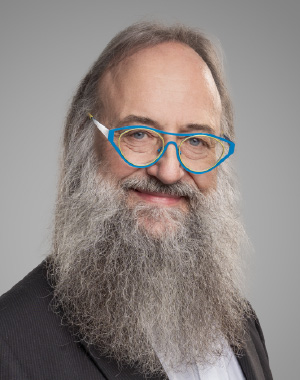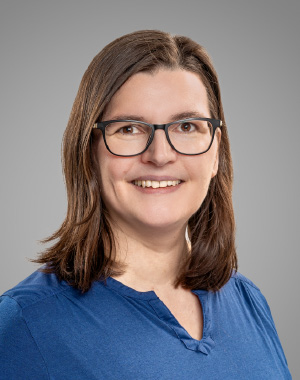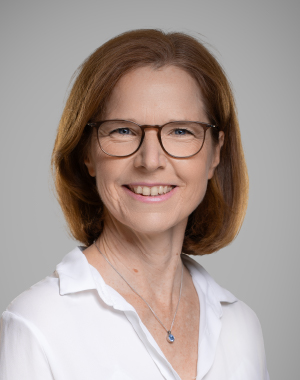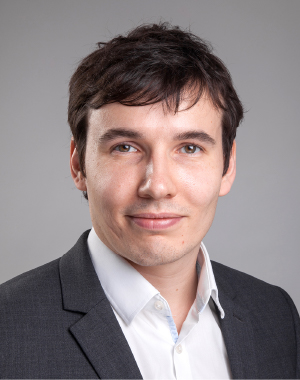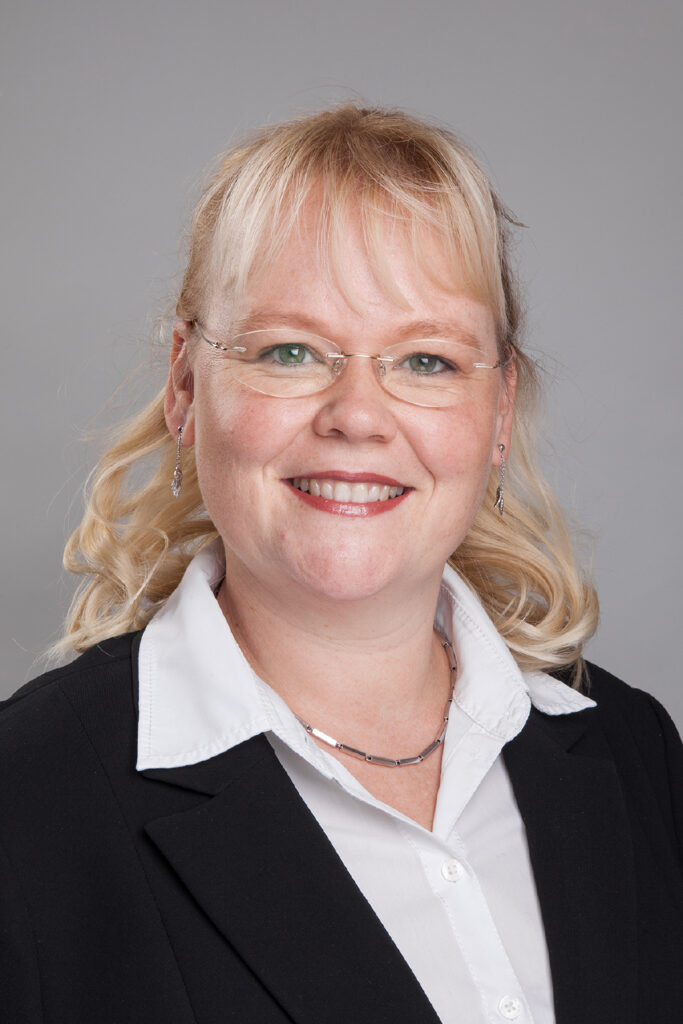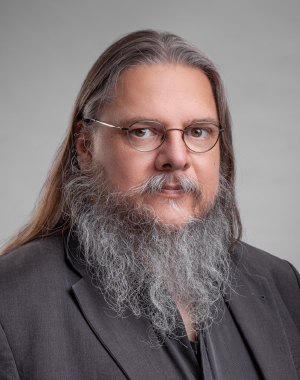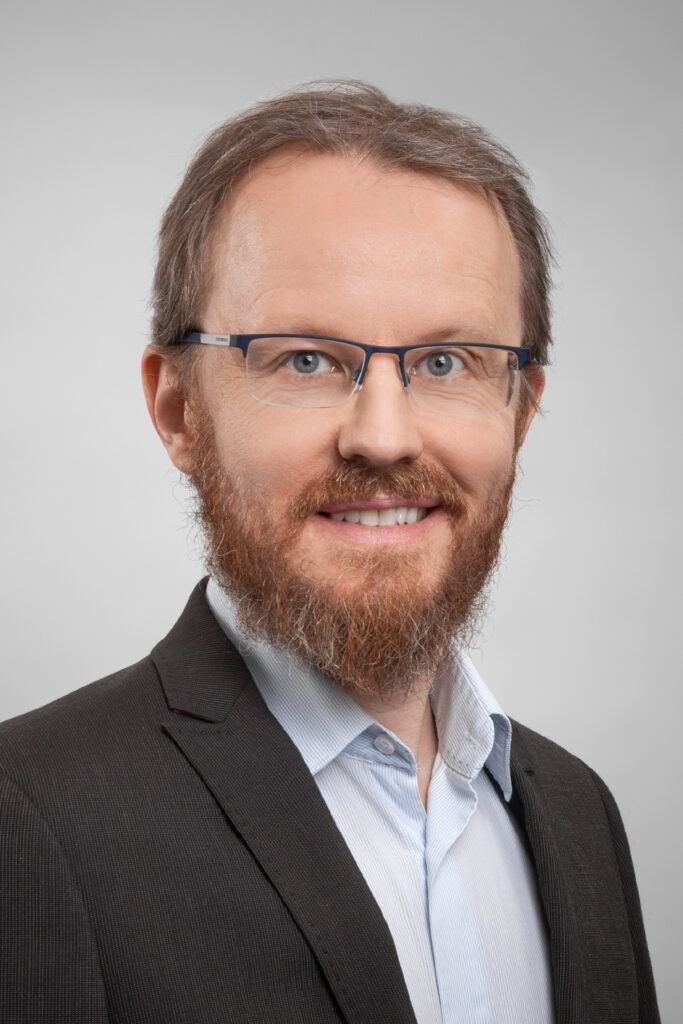25.09.2025
Solar-driven Biomass Pyrolysis: Mid-term Achievements of the PYSOLO Project
The aim of Horizon Europe project PYSOLO (PYrolysis of biomass by concentrated SOLar pOwer) is to develop a fully renewable process that applies concentrated solar power to run biomass pyrolysis for the sustainable production of bio-oil, biochar and pyrogas, while minimising associated CO₂ emissions. PYSOLO highlights the milestones achieved of the first half of the project.
Hürth, 25 September 2025: The PYSOLO concept demonstrates how heliostats (moveable mirrors) are used to direct sunlight onto a rotary kiln solar receiver, in which solar radiation is concentrated to heat up particle heat carriers (PHCs). These PHCs are transported into a reactor where biomass is converted into bio-oil, biochar and pyrogas through pyrolysis, the thermal decomposition of organic materials at high temperatures in an inert atmosphere. The process is independent of fossil feedstocks and has a low carbon-footprint, supporting the decarbonisation of transport and industry as well as the defossilisation of the chemical sector. The system can run even if there is little or no sunlight thanks to the integration of a thermal energy storage or using renewable grid electricity. Generated pyrogas can also be stored and used to produce electricity in order to balance the electric grid, while biochar can be used as soil amendment. In the worst case, the end products (pyrogas or biochar) can be combusted to supply the necessary process energy to the pyrolysis reaction.
Within the last two years the consortium, consisting of nine partners from four countries, has investigated, developed and tested several of the technologies’ components. The focus in the first half of the project was on the adaption of the solar receiver and two types of pyrolysis reactors.
The First Milestone: Characterisation of Particle Heat Carriers (PHCs)
In the rotary kiln solar receiver, concentrated sunlight heats up PHCs to temperatures of up to 800 °C, enabling them to store and transfer heat for downstream industrial processes, in this case biomass pyrolysis. Different PHC-materials were tested and evaluated according to different criteria, e.g. particle size, flowability, optical properties, abrasiveness in the reactors (and thus their impact on reactor wall coatings), as well as cost and behaviour of the particles after pyrolysis. Ultimately, mineral olivine, sand, aluminium ore bauxite and char were shortlisted to be the most suitable PHCs, and they are currently being tested within the pyrolysis units. Currently, the project partner DLR adapts and improves the solar receiver. First results in lab scale are expected in the first half of 2026. Besides, consortium partner RE-CORD has just finished modelling a PHC-char separator to remove the PHCs from the resulting biochar at the end of the pyrolysis process. The PHC-char separator could already be put into operation. The PHC can be reused after separation in the rotary kiln receiver, while the biochar on the other hand can be used as fertiliser. To assess the impact of biochar on soil quality and crop growth, EEAD (a research unit of CSIC) has carried out a first session of long-term testing.
Modification of Two Types of Biomass Pyrolysis Reactors
Two pyrolysis reactors are currently designed by PYSOLO project partners. While RE-CORD focuses on a slow pyrolysis auger reactor in which a rotating screw transports and heats – thanks to the hot PHC – the biomass simultaneously, ICB-CSIC is working on a fluidised bed reactor – a fast pyrolysis reactor type in which a gas is passed through a solid granular material (PHCs in this case) at a sufficiently high velocity to suspend the solids and make it behave like a liquid. The mixing action of the PHC and the biomass within the fluidised bed promotes a uniform temperature distribution preventing hot spots.
Using two different types of pyrolysis reactors allows to expand the range of biomass flowrates assessed in PYSOLO: fluidised bed reactors can be used in large plants and auger reactors in small or medium-sized ones. Both process demonstration plants have been constructed and commissioned, and tests with the four selected PHCs and different operating conditions are currently underway.
Pyrolysis and PYSOLO System Modelling
POLIMI (Politecnico di Milano) has developed a detailed pyrolysis reactor model able to predict the pyrolysis reactor yield as function of the operating conditions and of the biomass feedstock type. This reactor model has been included in an overall PYSOLO system model able to assess the new plant techno-economic performance. Preliminary results have shown more than 25 % increase in carbon efficiency and a potential 8 % reduction in bio-oil cost with respect to the conventional case.
Where Does the Biomass Come From?
Another partner, the Forest Science and Technology Centre of Catalonia (CTFC), is responsible for selecting the appropriate biomass for pyrolysis. They assessed forest biomass and residual agricultural biomass, such as grape pomace and olive mill waste, for which they examined the distribution and availability of biomass in regions with high quantities of agricultural residues from olive groves and vineyards in Spain, Italy, and Greece. This way, they can identify the best locations for a potential pyrolysis plant by taking into account availability, storage and transport requirements of both biomass types.
Full Steam Ahead into the Last Two Years of the Project
The next milestone is the method of transporting the PHCs, which is just about to be reached. Would a staircase work? Or a screw? A setup has been built specifically for this purpose, to test the transport concept and model a valve for particle-air separation, allowing PHC injection into the pyrolysis reactor with low oxygen concentration. Another expected outcome is the final overall system analysis of different configurations to theoretically substantiate the efficiency advantages of the PYSOLO concept. Furthermore, a more detailed techno-economic analysis (TEA) will show how bio-oil production can be made more carbon efficient and cost-effective. Life cycle assessments (LCA) will demonstrate that the full-scale process can achieve significant negative CO2 emissions. Technological risk assessment and systematic accident assessment are also being investigated. All processes, machines and substances, including the PHCs and the pyrolysis products are examined for potential hazards in order to guarantee the highest possible safety level, in addition to a general analysis of the properties and analyses of previous accidents in pyrolysis plants. These steps are being carried out for almost the entire duration of the project. A scale-up study from lab scale to industrial scale will start soon.
Project coordinator Marco Binotti (Politecnico di Milano) is confident: “I am very satisfied with the project’s process. Our plan is to have all the key system components ready at TRL4 by the end of the project, to demonstrate the environmental benefits and techno-economic feasibility of the system under realistic economic and regulatory boundary conditions in the EU context, highlighting its advantages for a circular economy in the medium to long term.”
Upcoming Mid-term Stakeholder Event in Zaragoza (Spain), On-site and Online
To showcase the current project results with a special focus on biochar, the project consortium is inviting stakeholders from industry, academia, agriculture and policy to attend the Mid-term Stakeholder Event in Zaragoza, Spain, on 6 November 2025. As well as highlighting recent progress, the event will include a guided tour of the research facilities at the Instituto de Carboquímica (ICB-CSIC), where one of the project’s pyrolysis units (fluidised bed reactor) is being developed and tested. The event will conclude with a networking lunch, providing further opportunity for exchange between attendees and the PYSOLO team.
More information and registration: https://pysolo.eu/news-media/
More information about the project: https://pysolo.eu
Project video: https://pysolo.eu/news-media/#video
Funding Statement and Disclaimer
Funded by the European Union. Views and opinions expressed are however those of the author(s) only and do not necessarily reflect those of the European Union or the European Climate, Infrastructure and Environment Executive Agency. Neither the European Union nor the granting authority can be held responsible for them.

